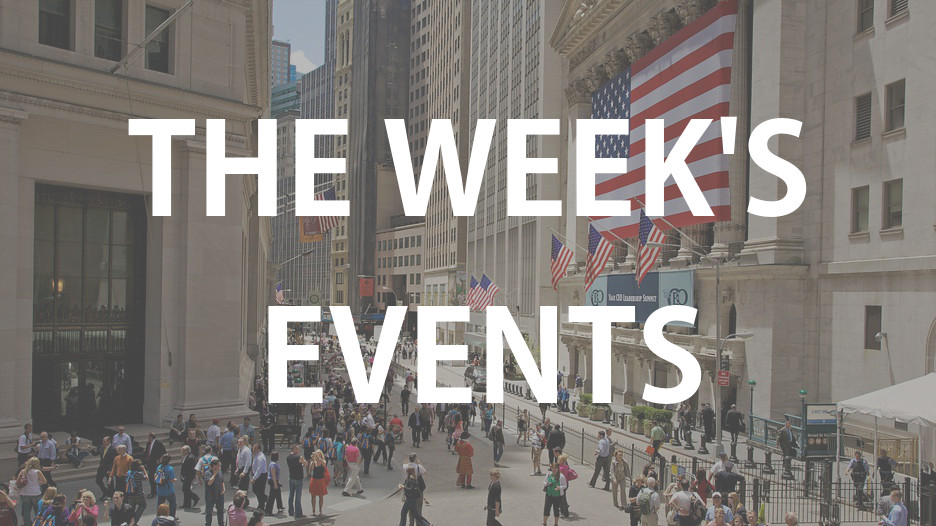In April, new home sales totaled 662k, 18k less than expected. Also, March was revised down by 22k to 672k. As this data measures contract signings, it is a more up to date measure of the industry relative to existing homes (out tomorrow) which measures closings. The rise in mortgage rates, up now by 65 bps year to date to a 7 year high, are impacting behavior as to be expected. On one side it is encouraging some to buy now and lock in that long term mortgage while it is likely impacting decision making for others that are focused on what their monthly payment will be.
Months’ supply rose a tick to 5.4 from 5.3. All of the sales decline m/o/m was out West. The median home price was $312,400, down m/o/m BUT the average home price rose to $407,300 and that is a record high. So we have rising rates and expensive prices. The end result should not be a surprise, more trepidation on the part of the buyer. On the flip side, a strong labor market, rising wages and that wall of potential millennial demand waits in the wings.
APRIL NEW HOME SALES

Thanks to the service sector, the US Markit service and manufacturing composite index rose to 55.7 in May from 54.9. The service component was up 1.1 pts m/o/m to 55.7 while manufacturing was little changed at 56.6 vs 56.5 in April.
On services Markit said “May data signaled a slight slowdown in new business growth from the 3 yr peak recorded in April. Backlogs rose to the best since March 2015. Of note and to my consistent theme, “Service providers signaled a robust and accelerated increase in their average cost burdens in May. The rate of input price inflation was the steepest for 3 months, which firms linked to higher oil related costs and rising commodity prices.”
With manufacturing, new orders, production and backlogs all rose as did payrolls. Importantly, “business optimism regarding the year ahead outlook was the highest since February 2015.” As part of this, inventory restocking rose to the highest since January. On inflation, “latest data signaled intense pressure on supply chains, with average lead times lengthening to the greatest extent since the survey began in May 2007. Manufacturers widely commented on stretched supplier capacity and logistics delays. Robust demand for raw materials and rising commodity prices resulted in another steep increase in input costs across the manufacturing sector. The overall rate of input price inflation eased slightly since April, but was still among the fastest seen over the past 7 years. Moreover, prices charged by manufacturing companies continued to rise at the strongest rate since June 2011.”
Bottom line, this level in the Markit composite index is consistent with GDP growth of 2.5-3% according to them. Higher cost pressures remain a challenge but companies will do their best to deal with it. The $64k question for the Fed is to what extent rising costs get passed on to the consumer and shows up in PCE and CPI. As for the market response, there never is one as they focus on ISM data instead.








 Peter is the Chief Investment Officer at Bleakley Advisory Group and is a CNBC contributor. Each day The Boock Report provides summaries and commentary on the macro data and news that matter, with analysis of what it all means and how it fits together.
Peter is the Chief Investment Officer at Bleakley Advisory Group and is a CNBC contributor. Each day The Boock Report provides summaries and commentary on the macro data and news that matter, with analysis of what it all means and how it fits together.